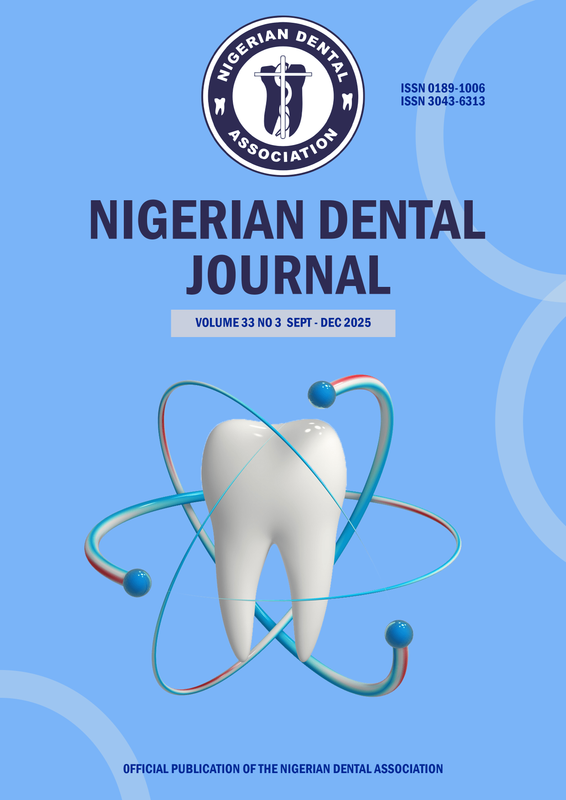The Accuracy of Electronic Wrist Blood Pressure Monitoring Devices
DOI:
https://doi.org/10.61172/ndj.v23i2.24Keywords:
blood pressure, electronic monitoring device, mercury sphygmomanometerAbstract
Background: Assessment of blood pressure is the most common diagnostic procedure performed in the outpatient clinic. The purpose of this study was to compare the accuracy of the wrist-cuff electronic oscillometric device with the universally-accepted gold standard measurement made with Korotkoff sound technique mercury sphygmomanometer.
Materials and Methods: This was a randomized, crossover study with a total of 60 subjects. All subjects were at least 30 years of age. Three blood pressure readings were recorded for each subject, two with a wrist-cuff device and one with a mercury sphygmomanometer by the secondary investigator. The order of the 3 readings were determined by chance.
Results: Patients (32 women, 28 men) aged 30-94 (mean age = 55, SD =16) years were included in the study. Based on the paired-sample t-test, the data provided strong evidence that there was no statistically significant difference in systolic or diastolic blood pressure readings between the wrist-cuff electronic oscillometric device and mercury sphygmomanometer.
Conclusions: The evaluation of blood pressure remains a basic diagnostic step in every clinical practice as it positively imparts the clinical well-being of the patient. It is, therefore, important to maintain a good degree of accuracy and reliability in the blood pressure monitoring device.
Downloads
Downloads
Published
Issue
Section
License
Copyright (c) 2023 Nigerian Dental Journal

This work is licensed under a Creative Commons Attribution 4.0 International License.
Open Access Statement
- We became fully Open Access since January 2023.
- Our new and archived materials are available free of charge on open basis and under a Creative Commons license as stated below.
Copyright statement
Copyright © 1999 The authors. This work, Nigerian Dental Journal by Nigerian Dental Association is licensed under Creative Commons Attribution 4.0 International License.

